Wheat Industry News
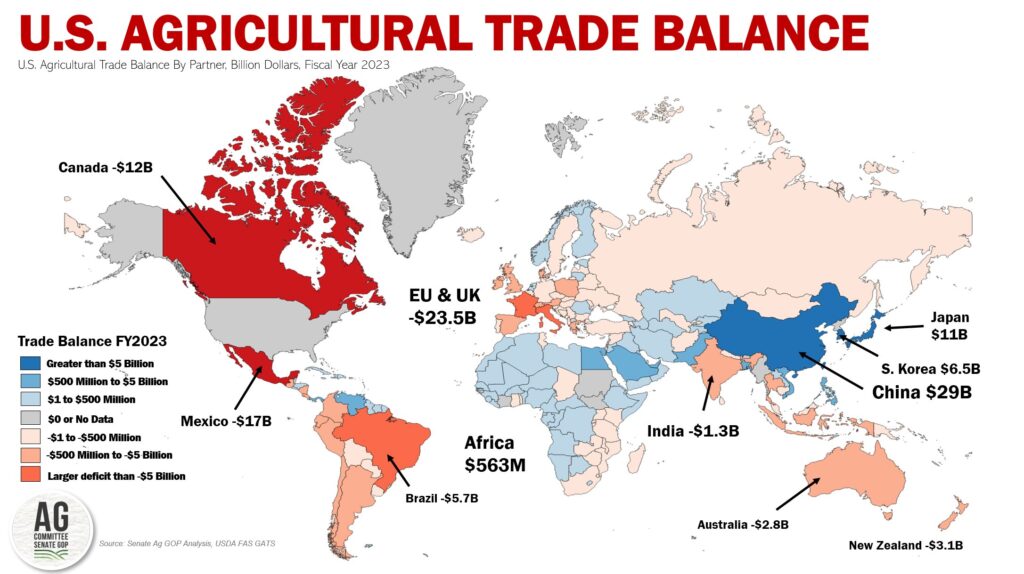
News and Information from Around the Wheat Industry Speaking of Wheat “While our wide-open spaces are admired for their beauty, they also create excellent conditions for growing wheat and raising beef. Just a four-hour drive north of Yellowstone National Park sits Montana’s Golden Triangle. There our farmers seed more than two million acres of wheat […]
Wheat Industry News
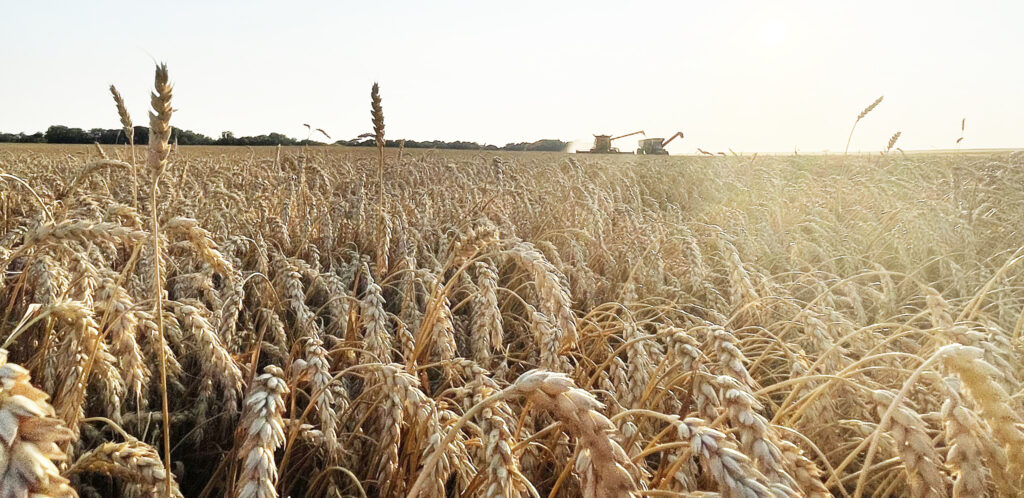
News and Information from Around the Wheat Industry Speaking of Wheat “The Commodity Credit Corporation and USDA’s market development and aid programs are critically important at this time, and with this additional support we can strengthen U.S agriculture’s presence in existing markets, open up new market opportunities, and build on our relationships and connections to […]
Wheat Industry News
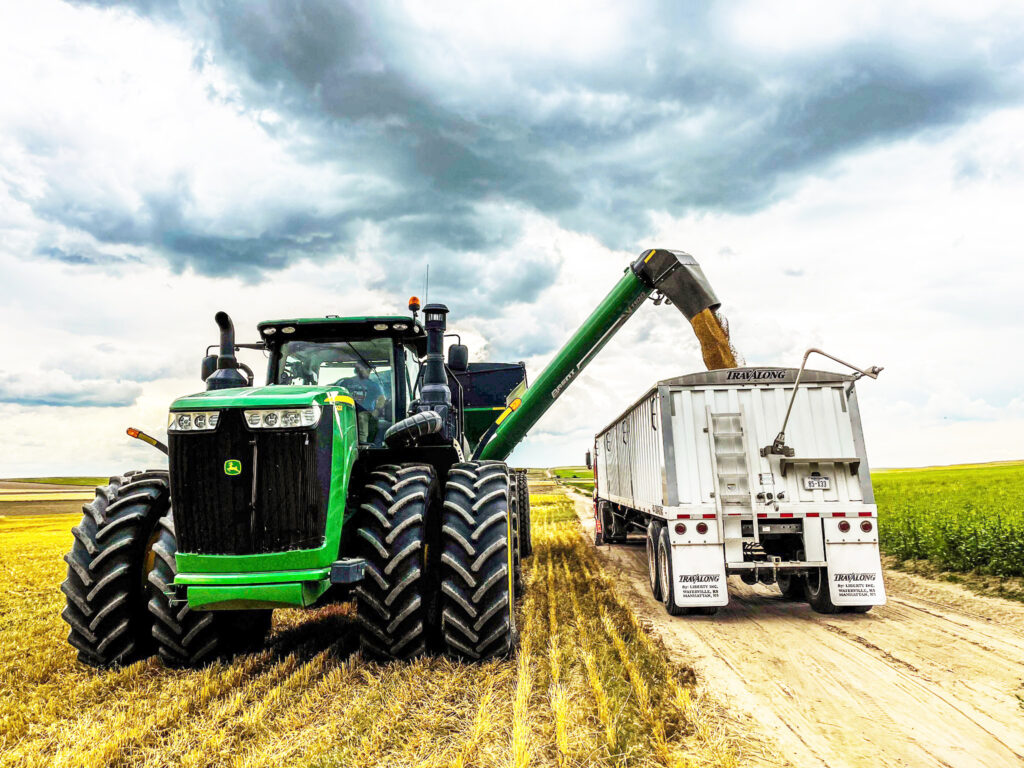
News and Information from Around the Wheat Industry Speaking of Wheat “I send my personal regards to all our Kansas Wheat Farmers here from South America. We will continue doing our best. I want them to know hard red winter is the most important class exported to our region. Today almost 10% of total U.S. […]
Wheat Industry News
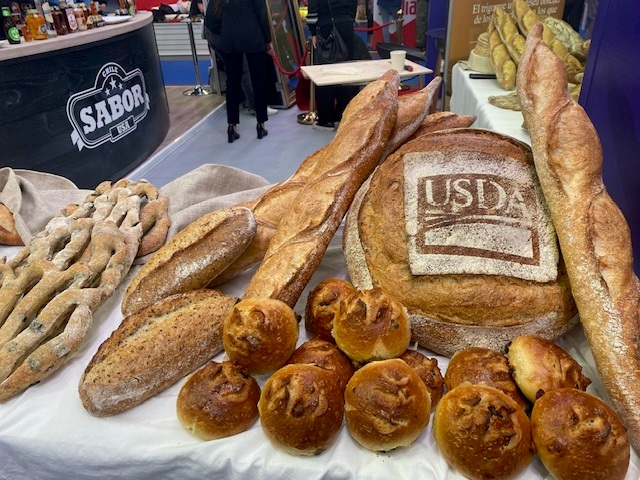
News and Information from Around the Wheat Industry “Some will say that’s just how markets work. Russia is being rewarded because it’s the low-cost [wheat] producer, and U.S. farmers aren’t keeping up. I would argue Russia is not a market-based producer, but is politically using cheap wheat as a tool for advancing military goals that […]
Wheat Industry News
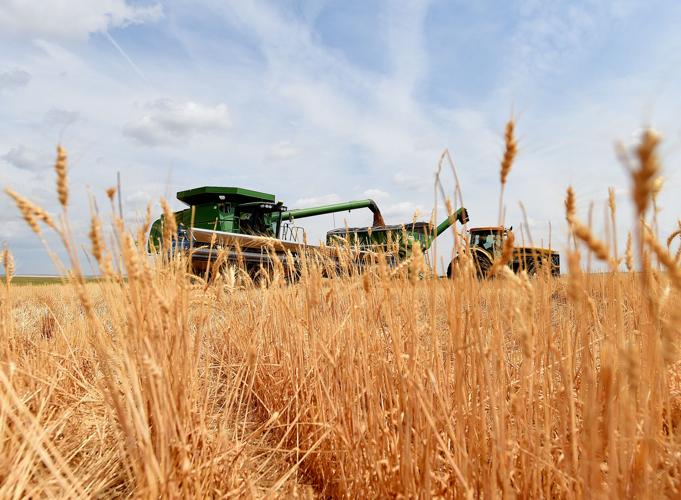
News and Information from Around the Wheat Industry Speaking of Wheat “Amidst the backdrop of diverse perspectives and conflicts of our times, farmers continue planting seeds of sustenance and resilience, stewarding the land for generations, and producing a safe and reliable food supply. The values of integrity, honesty, and care we see in agriculture offer […]
Wheat Industry News
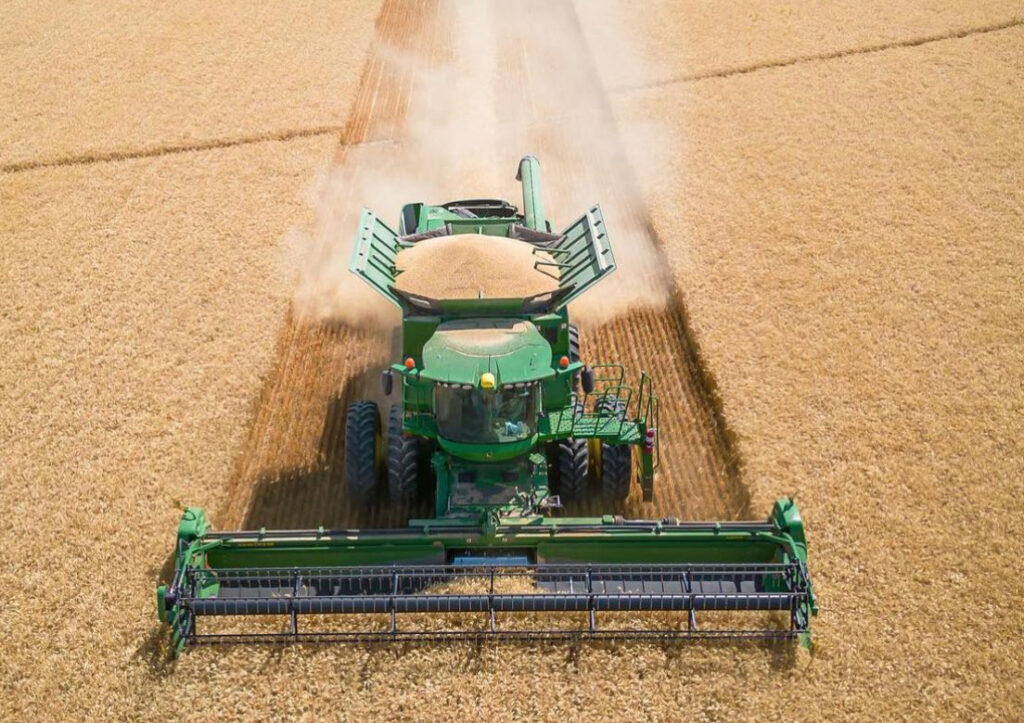
News and Information from Around the Wheat Industry Speaking of Wheat “When we went to ethanol production, we had to have significantly more acres of corn and soybeans to a certain degree with biodiesel. You go back to 2006 and 2007, I remember traveling around the states telling Oklahoma wheat producers, ‘You have got a […]
Wheat Industry News
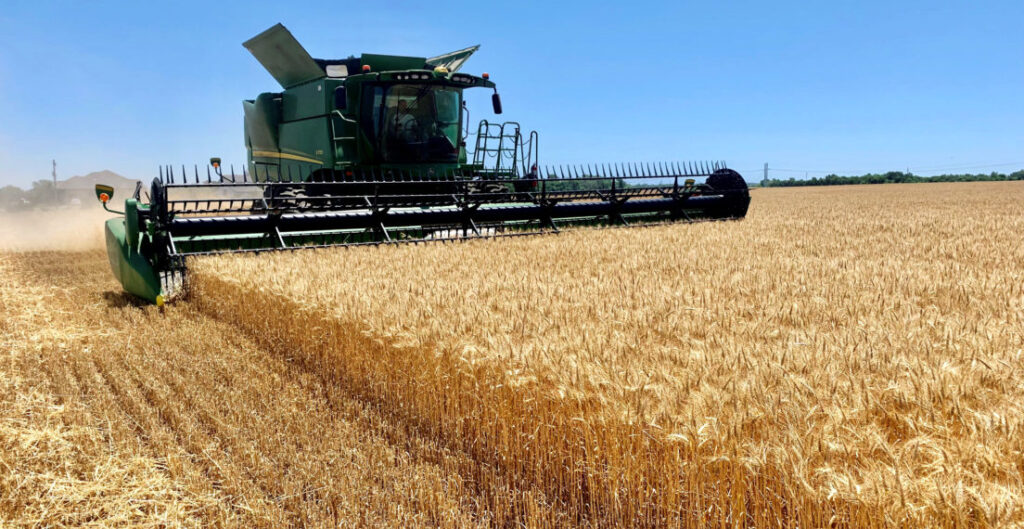
News and Information from Around the Wheat Industry Speaking of Wheat “The team had a chance to visit all aspects of the supply chain, from farm to export elevator, and learn about the FGIS inspection process, giving them a sense of how US wheat quality is ensured throughout the way. These visits provide reassurance to […]
Wheat Industry News
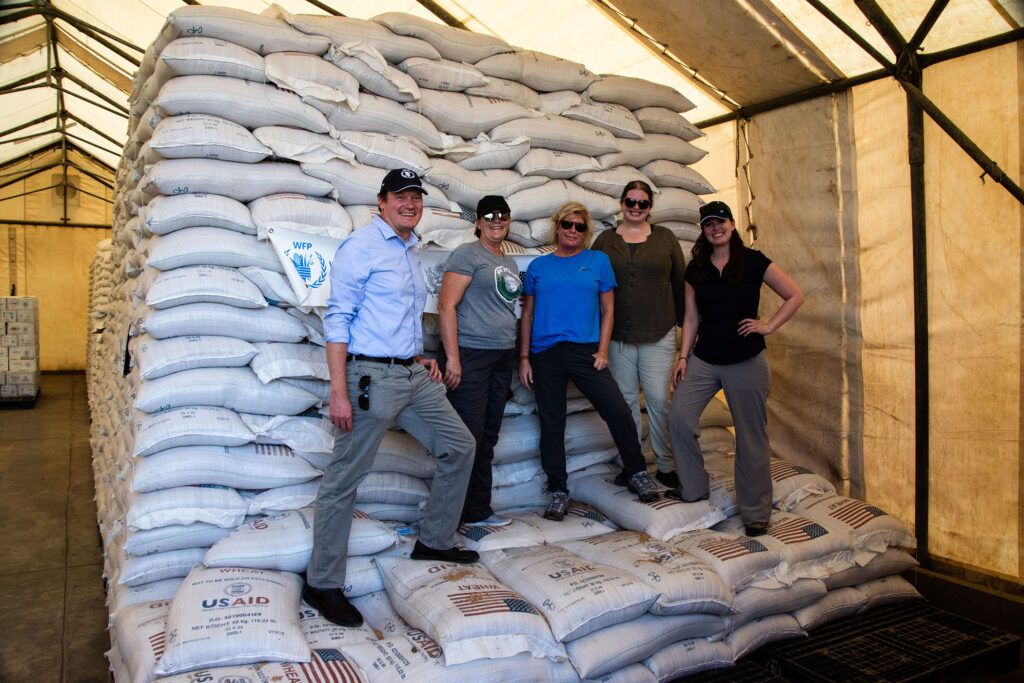
News and Information from Around the Wheat Industry Speaking of Wheat “The abrupt termination of the implementation of the Black Sea Grain Initiative is a matter of grave concern. Global food security should not become a casualty of war. People in poor countries struggling with food and energy price inflation stand to be hit hardest […]
Wheat Industry News
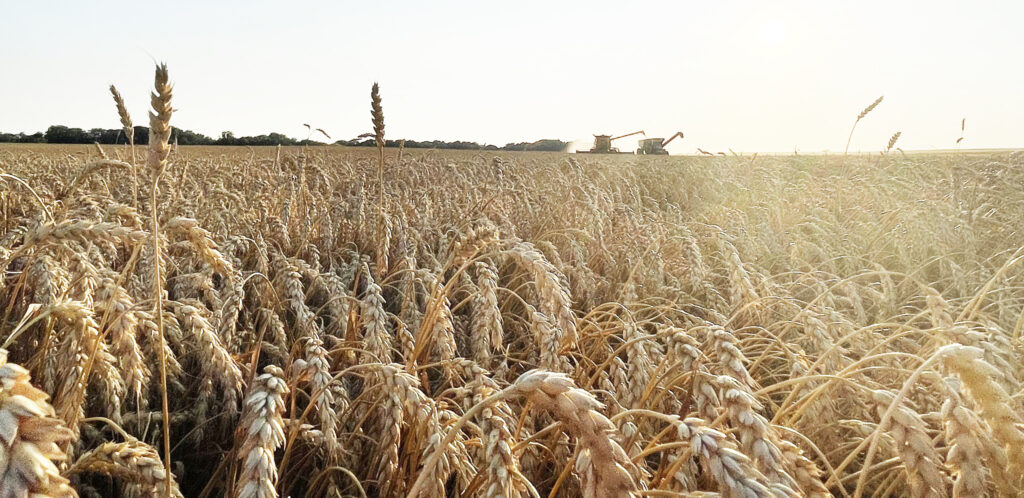
News and Information from Around the Wheat Industry Speaking of Wheat “The big news in wheat was the hard red winter number — shock-and-awe for USDA to increase it that much. The average trade guess was 532 million bushels, so the number was way above what anybody anticipated. We had a broad-based increase in yields, […]
Wheat Industry News

News and Information from Around the Wheat Industry Speaking of Wheat “The international [grain] price in Ukraine will be on the level of the cost of production. Harvested grains and oilseeds will be level of 62 million (tonnes), exports about 40 million. We have only three seaports operating at capacity and [under the ‘fragile agreement’ […]

